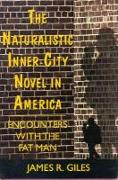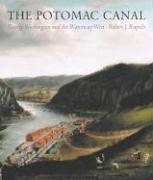The Naturalistic Inner-city Novel in America
BücherAngebote / Angebote:
James R. Giles examines the evolution of a literary tradition born with the rise of America's urban centers - American inner-city naturalism. Giles uses narrative distance to measure the evolution of this literary tradition, and he finds that the slum dweller who was introduced - and held at arm's length - by Stephen Crane, Frank Norris, and Jack London assumed center stage in the works of such leading twentieth-century writers as Richard Wright, John Rechy, and Joyce Carol Oates. Giles demonstrates that while Crane, Norris, and London saw the newly emerging ghetto as a source of sensational subject matter, they distanced implied narrators from settings and characters through their use of narrative perspective. He contends that Crane bridges this separation in his 1893 version of Maggie: A Girl of the Streets with the encounter between the grotesque "fat man" and the novel's heroine. According to Giles, this fat man functions as a startling incarnation of the middle-class writer's fascination with, and fear of, a depraved inner city. In contrast, Giles argues that the twentieth-century's most memorable American ghetto novels constitute a process of familiarization with, and humanization of, the slum dweller. Giles reveals this merger of narrative voice, character, and setting in his analysis of novels by Michael Gold, Nelson Algren, Hubert Selby, Rechy, Wright, and Oates. Giles concludes with a discussion of the influence these novels have had on more recent explorations of the American inner city.
Folgt in ca. 15 Arbeitstagen




